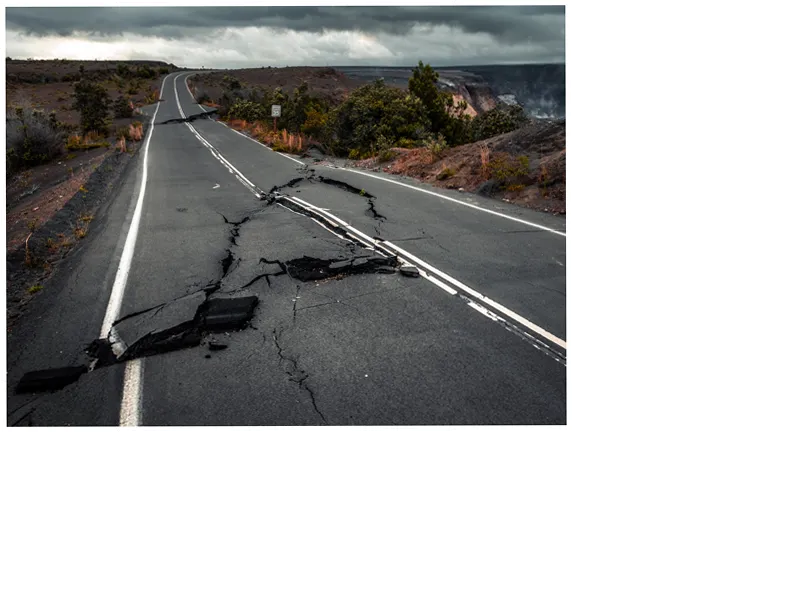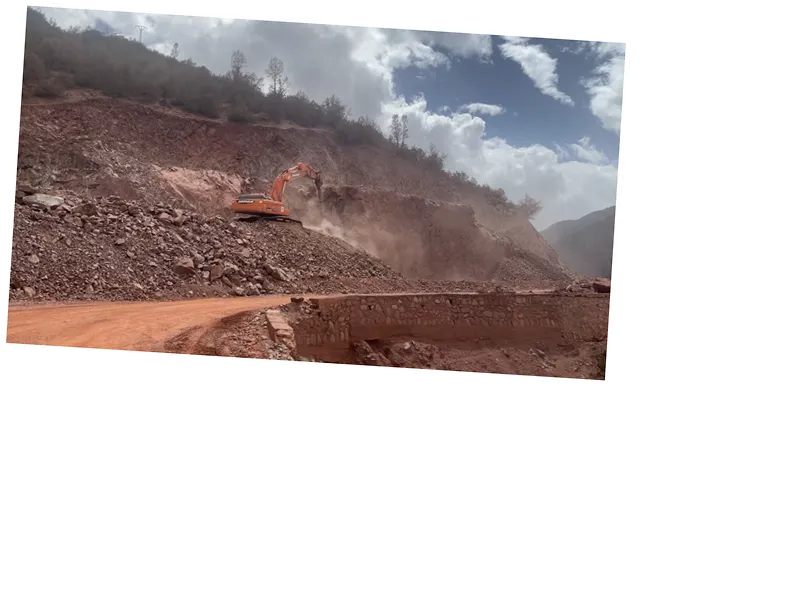The 6.8-magnitude earthquake that struck western Morocco on September 8, 2023, has revealed groundbreaking insights into the causes of seismic activity in the region. A recent study conducted by a Chinese research team at the Southern University of Science and Technology in Shenzhen has identified a unique mechanism behind this earthquake, which deviates from traditional understanding of seismic events. Unlike typical earthquakes that occur at tectonic plate boundaries, this quake originated due to 'mantle uplift' deep beneath the High Atlas Mountains, where the Earth's mantle is pushing against the crust.
The researchers used advanced techniques such as satellite radar imaging, seismic wave recordings, and Bayesian inversion to analyze the quake's origin. Their findings suggest that the Tizi N'Tiste fault, located 26 kilometers deep, was significantly impacted by rising mantle activity, creating pressure that ultimately led to the earthquake. This discovery not only challenges existing paradigms of seismicity in Morocco but also underscores the need for further research on mantle-driven earthquakes, which are less frequent but can have devastating effects on infrastructure.
Experts like Dr. Sherif El-Hadi emphasize the importance of involving local researchers in future studies to enhance the understanding of Morocco's geological landscape. The implications of this research extend to infrastructure planning, urging policymakers to adapt building codes to account for the potential risks posed by these deep-seated seismic events. Enhanced monitoring systems and detailed seismic studies will be crucial in preparing for future earthquakes in the region.






